

Articles
How To Store Paper Artwork
Modified: January 19, 2024
Learn the best way to store and protect your valuable paper artwork. Essential tips and techniques for preserving your articles in perfect condition.
(Many of the links in this article redirect to a specific reviewed product. Your purchase of these products through affiliate links helps to generate commission for Storables.com, at no extra cost. Learn more)
Introduction
Preserving and storing paper artwork is crucial to ensure its longevity and maintain its quality over time. Whether you’re an artist looking to store your own creations or an art collector with a precious collection, proper storage techniques are essential to safeguard your artwork from damage caused by environmental factors, such as light, moisture, and dust.
In this article, we will explore the steps and supplies needed to store paper artwork effectively. From preparing the artwork for storage to choosing the right materials and handling different types of artwork, we will guide you through the process of safely storing your valuable pieces.
Whether you are dealing with flat artwork, rolled pieces, or framed creations, there are specific methods and guidelines to consider. Additionally, we will discuss how to protect your artwork from environmental factors and provide long-term storage tips to ensure the preservation of your collection.
By following these suggestions, you can rest assured that your paper artwork will remain in pristine condition, ready to be appreciated for generations to come.
Key Takeaways:
- Safeguard your paper artwork by using acid-free storage materials, handling with care, and protecting from environmental factors. Proper storage ensures longevity and preservation for future generations to appreciate.
- Gather necessary supplies, prepare artwork with care, choose suitable storage materials, and protect from environmental factors to ensure the long-term preservation of your paper artwork. Taking these steps will safeguard your collection for years to come.
Read more: How To Store Children’S Artwork
Necessary Supplies
Before you begin the process of storing paper artwork, it’s important to gather the necessary supplies. Having the right materials will ensure that your artwork is adequately protected and preserved. Here are some essential supplies you will need:
- Archival storage boxes: These acid-free and lignin-free boxes are ideal for storing flat artwork. They come in various sizes and can accommodate different paper sizes.
- Acid-free tissue paper: This thin, archival-quality paper is used to wrap individual pieces of artwork and provide a protective barrier.
- Archival folders: These acid-free folders are perfect for organizing and storing smaller pieces of artwork or collections.
- Archival sleeves or portfolios: These protective sleeves or portfolios provide an additional layer of defense against dust, light, and moisture. They are especially useful for storing delicate or valuable artwork.
- Archival tape: This acid-free, pressure-sensitive tape is used for securing the edges of artwork to prevent them from curling or getting damaged.
- Labels: Use archival-quality labels to identify each artwork. Include relevant information such as the artist’s name, title of the piece, date, and any additional notes.
- Gloves: Wear cotton or nitrile gloves when handling artwork to prevent fingerprints, oils, or dirt from transferring onto the paper.
- Clean, dust-free workspace: Find a clean and clutter-free area to handle and store your artwork. Avoid spaces with excessive sunlight, humidity, or fluctuating temperatures.
- Marker pens or acid-free ink pens: Use these pens to write on labels or storage boxes. Make sure they are acid-free to avoid any damage to the artwork.
- Artwork inventory list: Maintain a detailed inventory list of your artwork, including descriptions, sizes, locations, and condition. This will help you keep track of your collection and aid in insurance purposes if needed.
By ensuring that you have these supplies on hand, you can proceed with the process of storing your paper artwork efficiently and effectively. These materials will help safeguard your artwork from potential damage while allowing for easy organization and retrieval in the future.
Preparing Artwork for Storage
Before you begin storing your paper artwork, it is essential to properly prepare each piece to minimize the risk of damage or deterioration. Follow these steps to prepare your artwork for storage:
- Handle artwork with care: When handling your artwork, make sure you are wearing clean, dry cotton or nitrile gloves to avoid leaving fingerprints or smudges on the paper.
- Clean the artwork: Use a soft brush or a clean, lint-free cloth to gently remove any dust or dirt from the surface of the artwork. Be careful not to apply too much pressure or scrub the paper, as this could cause damage.
- Mitigate creases or folds: If your artwork has creases or folds, you can try to gently flatten them by placing the artwork between two acid-free boards. Place heavy books or weights on top of the boards and leave them for a few days to help smooth out the paper.
- Repair tears or damages: If you notice any tears or damages on your artwork, it’s best to consult a professional paper conservator for repair. Attempting to fix it yourself could lead to further damage.
- Document the condition: Before placing your artwork in storage, take photographs or make detailed notes of its current condition. This documentation will serve as a reference point in case any changes or damages occur in the future.
- Remove any harmful materials: Check for any adhesive tape, clips, or metal fasteners that may be attached to your artwork. These materials can cause staining or damage over time and should be carefully removed.
- Protect fragile elements: If your artwork has delicate elements such as loose or flaking pigment, consider placing a sheet of acid-free tissue paper over them to protect them during storage.
By carefully following these preparation steps, you can ensure that your artwork is in the best possible condition for storage. Taking the time to handle, clean, and address any minor repairs or issues before storing will go a long way in preserving the integrity of your paper artwork.
Choosing the Right Storage Materials
When it comes to storing paper artwork, selecting the appropriate storage materials is crucial to safeguarding your collection from potential damage. Here are some factors to consider when choosing the right storage materials:
- Archival quality: Opt for acid-free and lignin-free materials to prevent chemical reactions that can lead to discoloration, deterioration, and degradation of your paper artwork. Look for products labeled as “archival” or “acid-free” to ensure their suitability.
- pH-neutral materials: Ensure that the storage materials, such as boxes, folders, and sleeves, have a pH-neutral or slightly alkaline pH level. Acidic materials can cause yellowing and degradation over time.
- Size and compatibility: Select storage containers, portfolios, or sleeves that are appropriately sized for your artwork. Avoid excessive folding, bending, or overcrowding, as it can lead to creases, tears, or damage to the paper.
- Light-blocking capabilities: Choose storage materials that provide protection from light exposure. Light can cause fading and discoloration, so opt for boxes or sleeves that offer UV-blocking properties or store the artwork in a dark, light-tight space.
- Breathability: Ensure that the storage materials allow for proper air circulation to prevent the buildup of moisture, which can lead to mold growth or deterioration. Avoid plastic materials that trap moisture and opt for materials like acid-free tissue paper or archival sleeves.
- Sturdy construction: Select storage materials that are durable and resistant to bending or collapsing. Sturdy boxes or portfolios will help protect the artwork from accidents or mishandling during storage.
- Accessibility: Consider the accessibility of your artwork when choosing storage materials. If you anticipate frequent access, opt for storage solutions that allow for easy retrieval and reorganization without risking damage to the artwork.
- Environmental control: Depending on the environmental conditions in your storage area, you may consider additional measures such as using desiccants or humidity-control products to mitigate moisture levels and prevent damage to the artwork.
By carefully selecting storage materials that prioritize archival quality, light-blocking capabilities, and proper air circulation, you can ensure that your paper artwork remains protected and well-preserved for years to come. Taking these precautions will help safeguard against potential damage caused by environmental factors and ensure the longevity of your collection.
Storing Flat Artwork
Storing flat artwork properly is crucial to prevent damage such as creases, tears, or exposure to light and moisture. Follow these steps to store your flat paper artwork:
- Place acid-free tissue paper between each artwork: To protect the surfaces of your artwork, interleave each piece with acid-free tissue paper. This will prevent any transfer of inks or pigments between the artworks.
- Use acid-free folders or archival sleeves: Place each artwork in an acid-free folder or archival sleeve for added protection. These materials will shield the artwork from dust, light, and moisture while allowing for easy handling and retrieval.
- Label and organize: Label each folder or sleeve with relevant information such as the artist’s name, title of the artwork, date, and any additional notes. Organize the folders or sleeves in archival storage boxes for further protection and easy organization.
- Store in a cool, dry, and dark place: Find a storage area that is free from extreme temperature fluctuations, high humidity, and excessive light. Avoid storing your artwork in basements, attics, or areas prone to leaks or dampness.
- Keep artwork flat and supported: Ensure that the artwork is stored horizontally and not placed under excessive pressure or weight. Use acid-free boards or foam inserts to provide support and prevent any bending or warping of the artwork.
- Monitor the storage environment: Regularly check the storage area for any signs of pests, mold, or moisture. Make sure to address any issues promptly to prevent damage to your artwork.
By following these guidelines, you can ensure that your flat paper artwork is stored safely and protected from potential damage. Properly interleaving, using acid-free folders or archival sleeves, labeling, and maintaining a suitable storage environment will help preserve the quality and longevity of your artwork.
Store paper artwork in acid-free folders or boxes to prevent yellowing and deterioration. Keep them in a cool, dry place away from direct sunlight and moisture.
Read more: How To Store Artwork
Storing Rolled Artwork
If you have artwork that is rolled, storing it properly is essential to prevent damage such as creases, tears, or exposure to light and moisture. Here are the steps to store your rolled paper artwork:
- Prepare the artwork for storage: Ensure that your rolled artwork is clean and free from any dust or dirt. If necessary, gently clean the surface with a soft brush or clean, lint-free cloth.
- Use acid-free tissue paper or glassine: Wrap the artwork in acid-free tissue paper or glassine before rolling it. This protective layer will prevent any contact between the rolled artwork and keep it safe from scratches or smudges.
- Secure the rolled artwork: Use acid-free archival tape to secure the wrapped artwork. Be careful not to apply excessive pressure, as it can create creases or damage the artwork.
- Choose appropriate storage tubes: Select sturdy, acid-free cardboard or plastic tubes with end caps to store your rolled artwork. Ensure that the diameter and length of the tube are suitable for your artwork, with enough space to roll and unroll it comfortably.
- Label the storage tube: Clearly label the storage tube with relevant information, such as the artist’s name, title of the artwork, date, and any special handling instructions. This will help identify the artwork easily without needing to unroll it.
- Store in a cool and dry area: Find a storage area that maintains a consistent temperature and low humidity. Avoid locations exposed to direct sunlight or extreme temperature fluctuations, as they can negatively impact the quality of the artwork.
- Keep the tube upright and supported: Store the tube vertically to minimize the stress on the rolled artwork. Make sure it is stored in a stable position where it won’t accidentally fall or be subjected to excessive weight or pressure.
- Regularly unroll and inspect: It is beneficial to unroll your rolled artwork periodically to check for any signs of damage, such as creases or discoloration. However, do so only in a clean and controlled environment to avoid further damage.
Following these steps will help ensure the safe storage of your rolled paper artwork. By providing protective wrapping, using appropriate storage tubes, labeling, and monitoring the condition of the artwork regularly, you can maintain its integrity and safeguard it for the long term.
Storing Framed Artwork
When it comes to storing framed artwork, extra care is needed to protect the delicate frame and the artwork itself. Here are the steps to store your framed paper artwork:
- Remove dust and debris: Before storing your framed artwork, make sure to clean the glass, frame, and the back of the artwork to remove any dust or debris. Use a soft, lint-free cloth or a brush to gently clean the surfaces.
- Wrap the artwork: Use acid-free archival paper or bubble wrap to wrap the entire framed artwork. Make sure to cover the glass, frame, and the back of the artwork to protect them from scratches or other damage.
- Secure the wrapped artwork: Use acid-free tape or secure the wrapping material with rubber bands to hold it in place. Avoid using tape directly on the frame or artwork as it can leave residue or damage the surface.
- Choose appropriate storage containers: Select rigid and sturdy storage containers large enough to accommodate the wrapped framed artwork. Make sure the container provides enough cushioning to protect the artwork during storage.
- Add additional protection: If you have multiple framed artworks to store in the same container, place acid-free boards or foam sheets between them to provide extra cushioning and prevent them from rubbing against each other.
- Label the storage containers: Clearly label each storage container with the artist’s name, title of the artwork, date, and any special handling instructions. This will help identify and locate specific artwork without needing to open and unwrap each container.
- Store in a suitable environment: Find a storage area that maintains a consistent temperature and low humidity. Avoid areas prone to excessive heat, moisture, or temperature fluctuations, as they can damage the framed artwork.
- Keep the containers off the floor: Store the containers on shelves or raised surfaces to avoid potential damage from flooding or pests. Ensure that the storage area is clean and free from any potential hazards.
- Monitor the condition of the stored artwork: Regularly inspect the stored framed artwork to ensure that there are no signs of damage, such as mold growth or moisture issues. If you notice any problems, take appropriate action to mitigate the situation.
By following these steps, you can safely store your framed paper artwork, protecting both the frames and the artwork within. Proper wrapping, choosing suitable storage containers, and maintaining a suitable storage environment will help preserve the quality and condition of your framed artwork for years to come.
Protecting Artwork from Environmental Factors
Environmental factors such as light, humidity, temperature, and pollutants can have detrimental effects on paper artwork. To ensure the preservation of your collection, take the following measures to protect your artwork from these factors:
- Light protection: Avoid displaying or storing artwork in areas exposed to direct sunlight or intense artificial light. Ultraviolet (UV) rays can cause fading, discoloration, and deterioration. If possible, use UV-filtering glass or acrylic for framing, or consider using UV-blocking films for windows in the display area.
- Controlled humidity level: Fluctuations in humidity can lead to damage such as mold growth, warping, or brittleness of the paper. Maintain a stable humidity level between 40% to 50% to prevent these issues. Use dehumidifiers or humidifiers if necessary, and avoid storing artwork in basements or attics prone to moisture or humidity fluctuations.
- Consistent temperature: Extreme temperature variations can have a negative impact on paper artwork. Ideally, maintain a constant temperature between 68°F to 72°F (20°C to 22°C). Avoid storing artwork in areas that are subject to high heat or cold, such as near radiators or air conditioning vents.
- Pollution control: Keep artwork away from areas with high levels of pollutants such as smoke, dust, or chemicals. These substances can cause staining, discoloration, or damage to the paper. Avoid storing artwork in areas with heavy traffic, smoking, or industrial activities.
- Avoid excessive handling: Limit the amount of direct contact with the artwork to avoid transferring oils, dirt, or sweat onto the paper. Handle the artwork with clean, dry hands or wear gloves to minimize the risk of damage.
- Proper framing: Ensure that artwork is properly framed using acid-free materials. Matting, backing boards, and adhesives should also be acid-free to prevent chemical reactions that can cause staining or degradation over time.
- Regular cleaning and maintenance: Routinely clean the display area and storage environment to remove dust and pollutants. Dust can accumulate on the surface of the artwork and contribute to deterioration over time.
- Monitoring: Regularly inspect your artwork for any signs of damage or changes in condition. Issues such as mold growth, pest infestation, or discoloration should be addressed promptly to prevent further damage.
By taking these precautions, you can minimize the impact of environmental factors on your paper artwork and ensure its long-term preservation. Consistent monitoring, proper framing, controlling light exposure, humidity, temperature, and pollution levels will help protect your collection for generations to come.
Long-term Storage Tips
Long-term storage of paper artwork requires careful consideration and proper maintenance to preserve its quality and condition. Here are some essential tips for storing your artwork in the long term:
- Choose the right storage location: Select an area that is dry, clean, and free from extreme temperature and humidity fluctuations. Keep the storage space away from direct sunlight, pests, and potential water leaks.
- Use archival-quality materials: Use only acid-free and lignin-free archival materials, such as boxes, folders, sleeves, and tapes. These materials are specifically designed to protect artwork and prevent deterioration over time.
- Rotate stored artwork: If you have a large collection, consider rotating the artwork on display every six months to a year. This allows all pieces to have exposure to light and prevents any particular artwork from being exposed for long periods, minimizing the risk of fading or damage.
- Monitor the storage environment: Regularly check the storage area for any signs of pests, mold, or changes in temperature and humidity. Install a hygrometer to monitor humidity levels and take appropriate measures if favorable conditions are not maintained.
- Keep records and documentation: Maintain a detailed inventory list and documentation of your collection, including key information about each artwork, its condition, and any restoration or conservation work undertaken. This information will be invaluable for insurance purposes or future assessments.
- Consider professional conservation: For valuable or fragile artworks, consult a professional paper conservator for advice on proper storage techniques and potential conservation treatments.
- Handle with care: When handling artwork, always wear clean, dry cotton or nitrile gloves to avoid leaving fingerprints or oils on the paper. Support the artwork from underneath and avoid touching the surface as much as possible.
- Keep artwork away from potential hazards: Avoid storing artwork near sources of heat, strong electromagnetic fields, or areas prone to fluctuations in temperature and humidity. These factors can accelerate the deterioration of the paper.
- Regularly inspect stored artwork: Check your collection periodically to ensure that the storage materials are intact and that there are no signs of damage or pest infestations. Take immediate action if any issues are identified.
- Consider professional appraisals: For valuable or significant pieces, periodically have your collection appraised by a qualified art appraiser. This will help you stay informed about the value of your artwork and ensure it is appropriately insured.
Following these long-term storage tips will help preserve the quality, condition, and value of your paper artwork. By providing a suitable storage environment, using archival-quality materials, and regularly monitoring and caring for your collection, you can enjoy your artwork for years to come while protecting its long-term integrity.
Read more: How To Store Artwork
Conclusion
Properly storing paper artwork is essential for preserving its beauty and ensuring its longevity. By following the steps and guidelines outlined in this article, you can protect your valuable collection from damage caused by environmental factors and maintain its quality for generations to come.
Begin by gathering the necessary supplies, including acid-free storage boxes, archival tissue paper, folders, and sleeves. Prepare your artwork by handling it with care, cleaning it, and addressing any creases or tears. Choose storage materials that are acid-free, pH-neutral, and light-blocking to safeguard against deterioration.
Depending on the type of artwork, whether it is flat, rolled, or framed, there are specific storage techniques to consider. Store flat artwork using acid-free folders and interleaving with archival tissue paper. For rolled artwork, wrap it in acid-free paper or glassine, secure it with tape, and store in sturdy tubes. Framed artwork should be wrapped in protective material, placed in acid-free storage containers, and stored in a suitable environment.
To protect your artwork from environmental factors, such as light and moisture, avoid direct sunlight, control humidity levels, and maintain a consistent temperature. Minimize handling, use gloves when needed, and regularly inspect your stored artwork for any signs of damage or changes in condition.
Finally, for long-term storage, choose an appropriate storage location, use archival-quality materials, rotate displayed artwork, and monitor the storage environment for pests or fluctuating conditions. Keep records of your collection, consult professionals when needed, and handle your artwork with care.
By implementing these strategies and techniques, you can ensure that your paper artwork remains in pristine condition, preserving its beauty and value for many years. Take the necessary steps to protect your collection, and enjoy the art for generations to come.
Frequently Asked Questions about How To Store Paper Artwork
Was this page helpful?
At Storables.com, we guarantee accurate and reliable information. Our content, validated by Expert Board Contributors, is crafted following stringent Editorial Policies. We're committed to providing you with well-researched, expert-backed insights for all your informational needs.




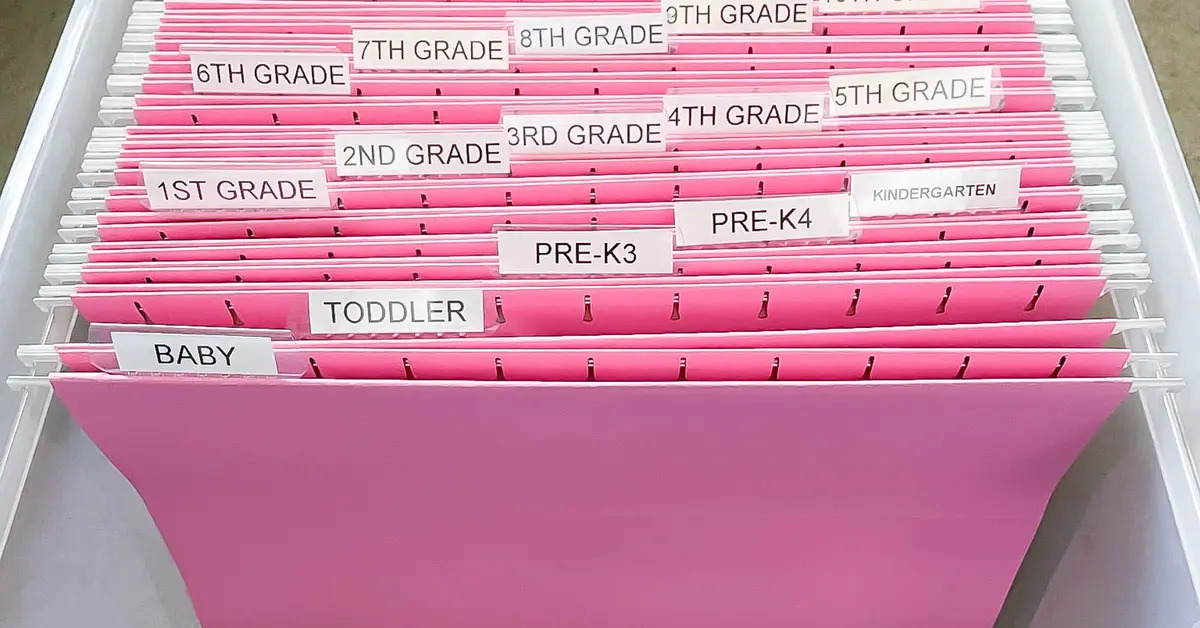
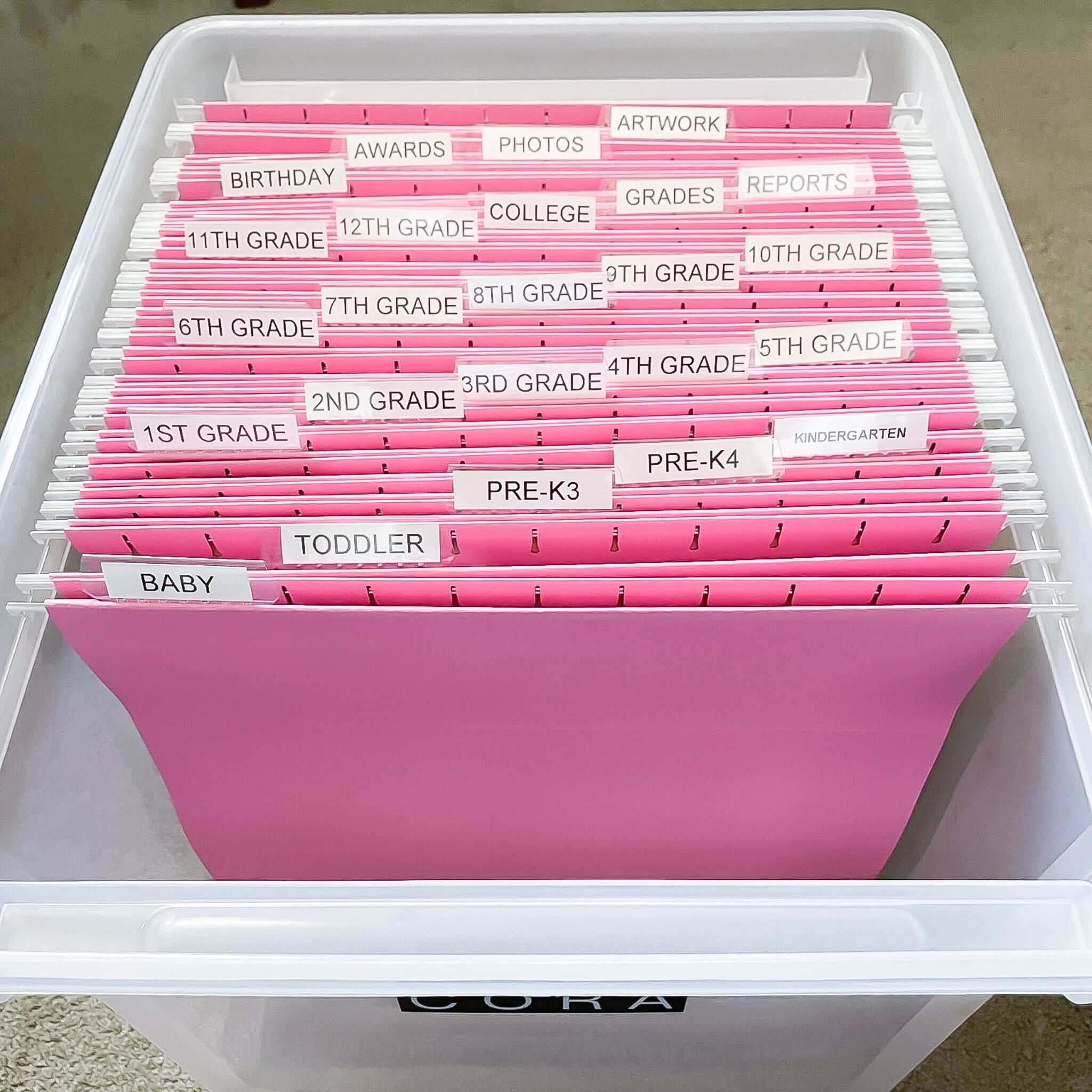

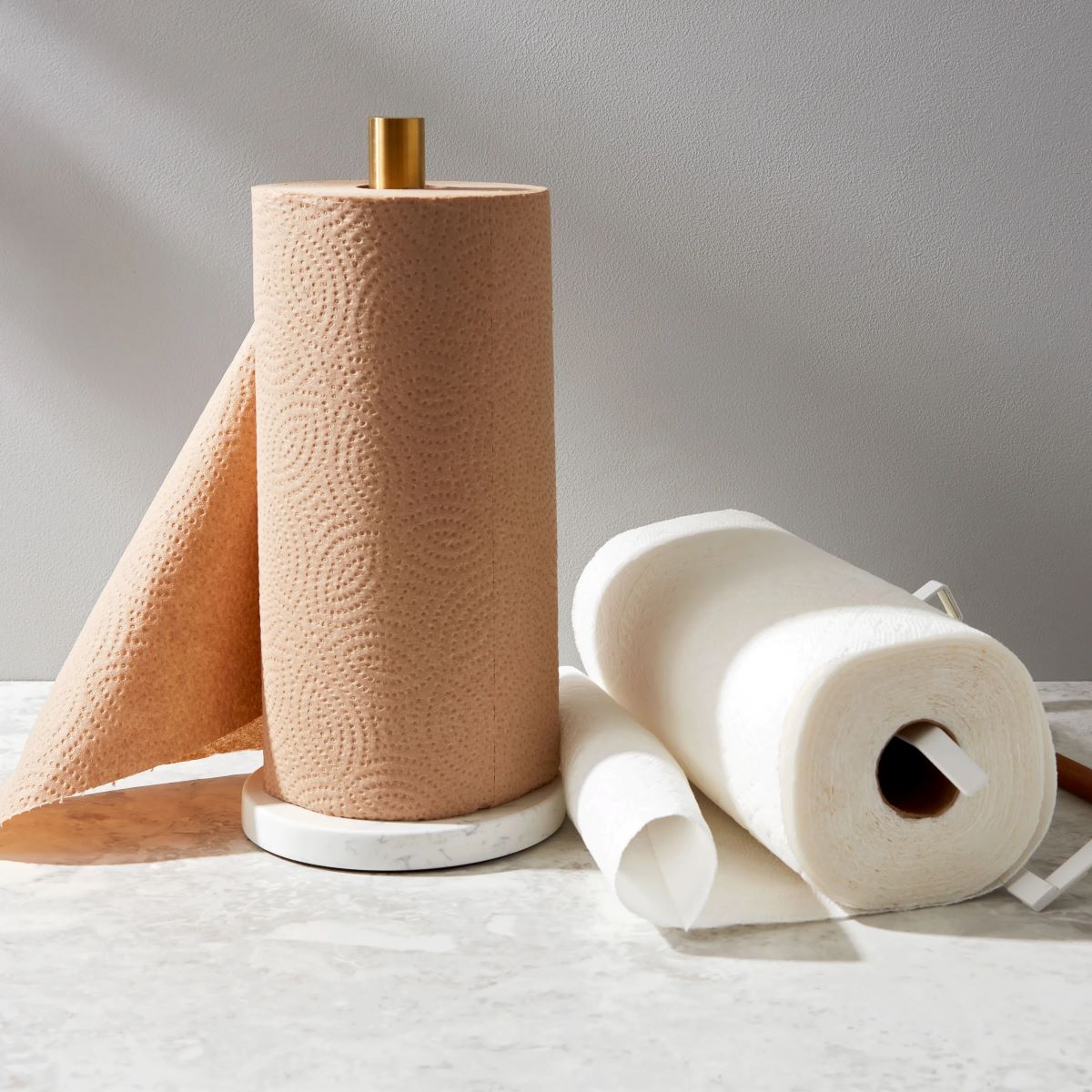
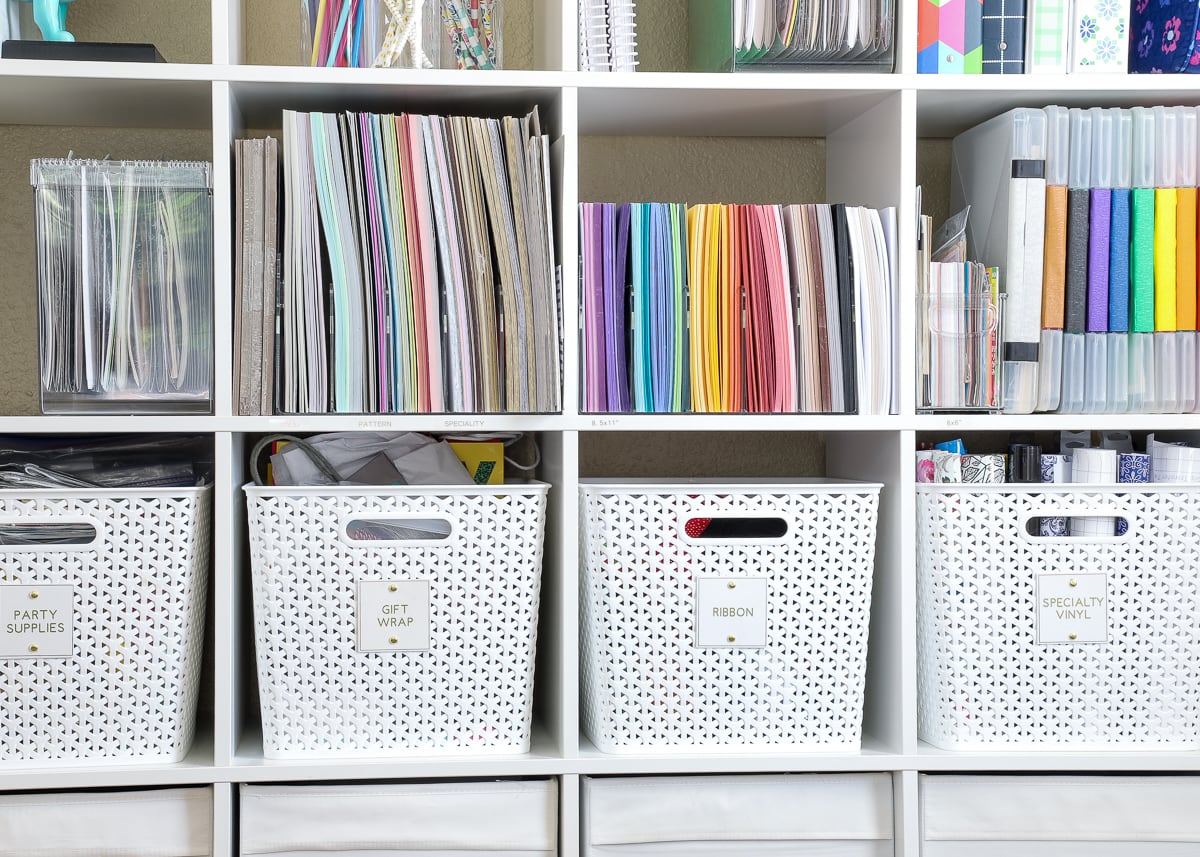
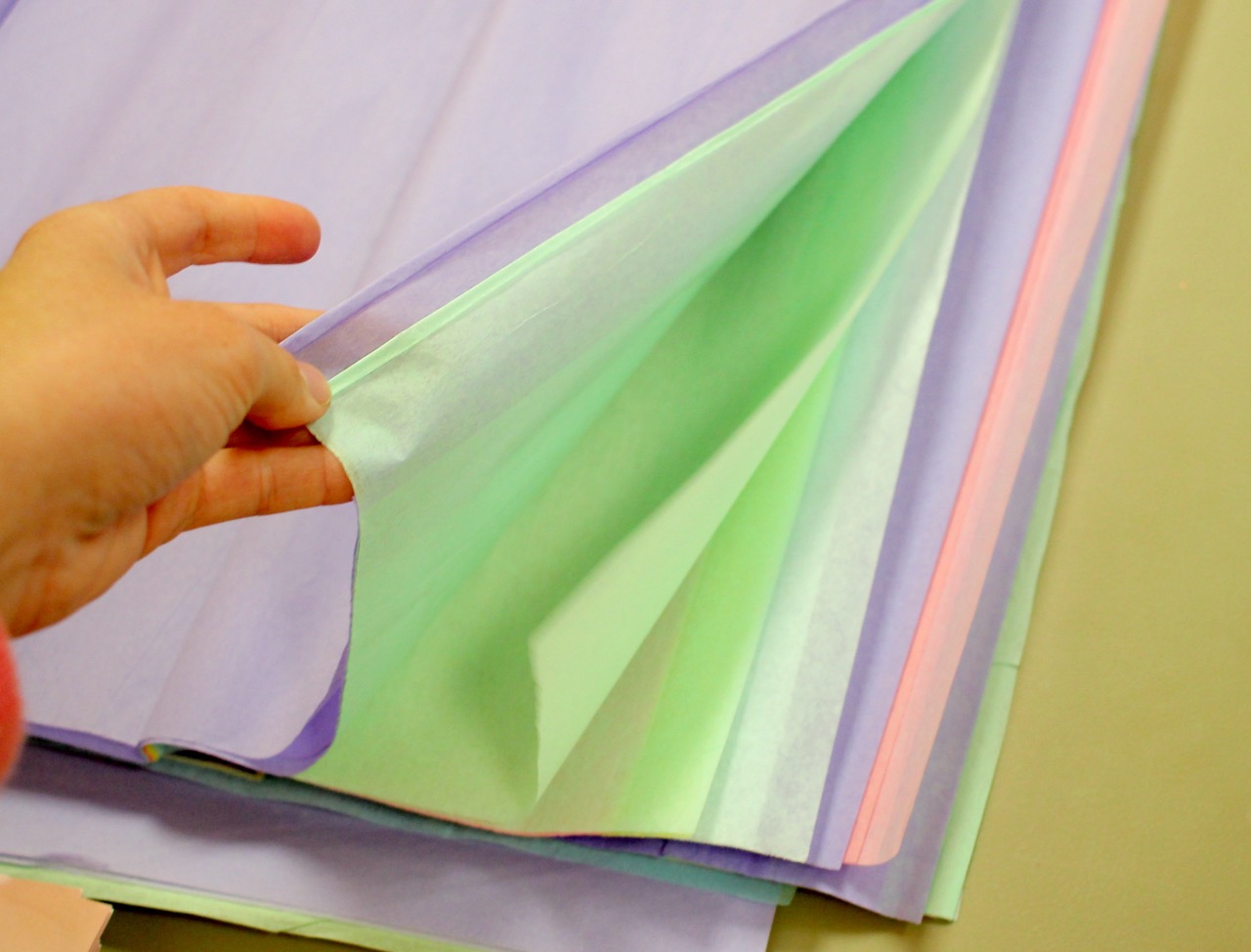




0 thoughts on “How To Store Paper Artwork”